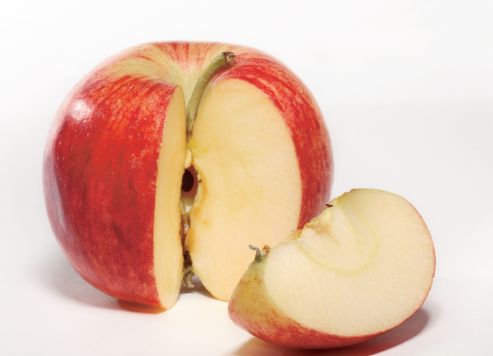Chapter 3. Reviewing the Elements of Exposure
In This Chapter
The four elements of exposure
What is depth of field?
Time: The role of shutter speed
Equivalent exposures
Putting it all together
What can you expect from the EOS 30D in terms of exposure? That's what this chapter helps you determine. Also, if you're new to photography or if you're returning after some time away from shooting, this chapter is also a helpful refresher on the elements of exposure. Additionally, the information in this chapter helps you build a foundation from which you can expand your skills and creative options.
You can control the exposure elements discussed in this chapter when you use the Creative Zone modes Tv, Av, M (Manual), and P (Program AE) on the EOS 30D. In Basic Zone modes, the camera automatically sets exposure elements.

Figure 3.1. The 30D offers excellent creative control and responsiveness. Taken at ISO 100, f/25, at 1/125 sec. with the Canon EF 100mm f/2.8 L Macro lens.
Finally, this chapter also covers exposure as it directly relates to using the EOS 30D in various venues so that you have a head start on knowing what to expect from the camera.
The Four Elements of Exposure
Exposure is a precise combination of four elements, all of which are related to light. Each element depends on the others to create a successful result. If the amount of one element changes, then the other elements must be increased ...
Get Canon® EOS 30D Digital Field Guide now with the O’Reilly learning platform.
O’Reilly members experience books, live events, courses curated by job role, and more from O’Reilly and nearly 200 top publishers.

